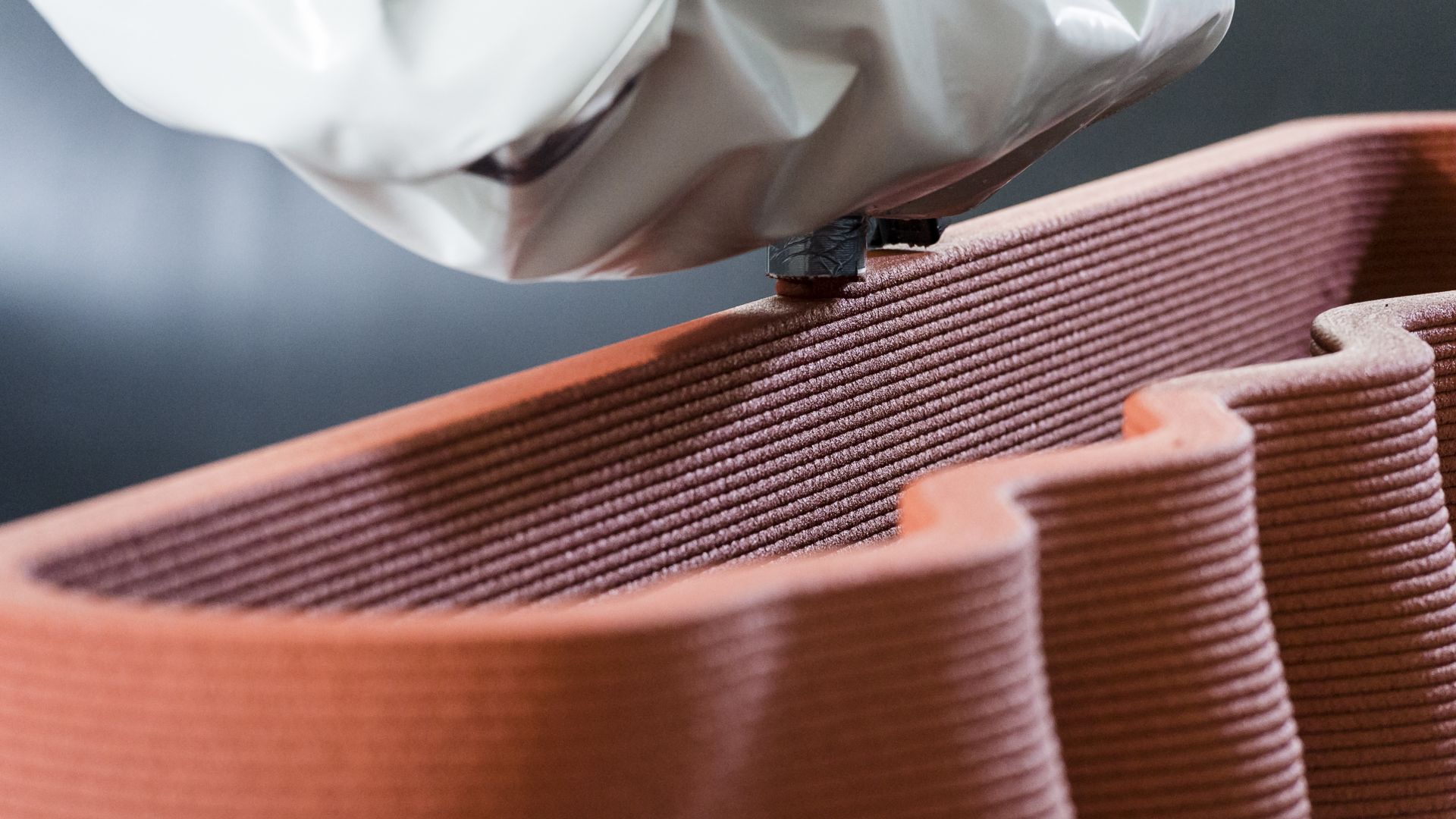07/05/2020
Modular construction and 3D concrete printing are radically changing the building industry, and innovative technologies put Sika at the cutting edge of both trends. Work is increasingly moving away from the construction site and onto the factory floor, highlighting the process of industrialization currently underway in the building trade.
More and more components are being manufactured industrially under controlled conditions. Lindbäcks, a Europe-wide leader in modular residential construction, has made considerable headway in this direction, using industrial robots to assemble floors, walls, and insulation materials fully automatically. For every step involved, Sika has the right solution, ranging from adhesives to fire protection agents. The gain in efficiency is especially significant with bathroom modules. Lindbäcks saves up to twelve hours thanks to Sikaflex®, because the adhesive and sealant cure fast. Capable of increasing process efficiency, the new Curing-by-Design technology is also attracting a great deal of interest. Furthermore, Sika supplies watertight membranes for the bathroom modules and adhesives to reinforce the walls.
3D Concrete Printing on an Industrial Scale
Thanks to Sika’s Digital Technology Unit, advances have been made in the digitalization and industrialization of concrete construction with 3D concrete printing. Using 3D mortar from Sika, the first printers are being deployed at partner companies to print industrial-scale concrete elements on the factory floor. The advantage of this is that components can be printed directly from a plan, eliminating the costly and time-consuming need to erect formwork. High-precision production allows for the integration of acoustic or other functions, opening up completely new design opportunities for architects.

